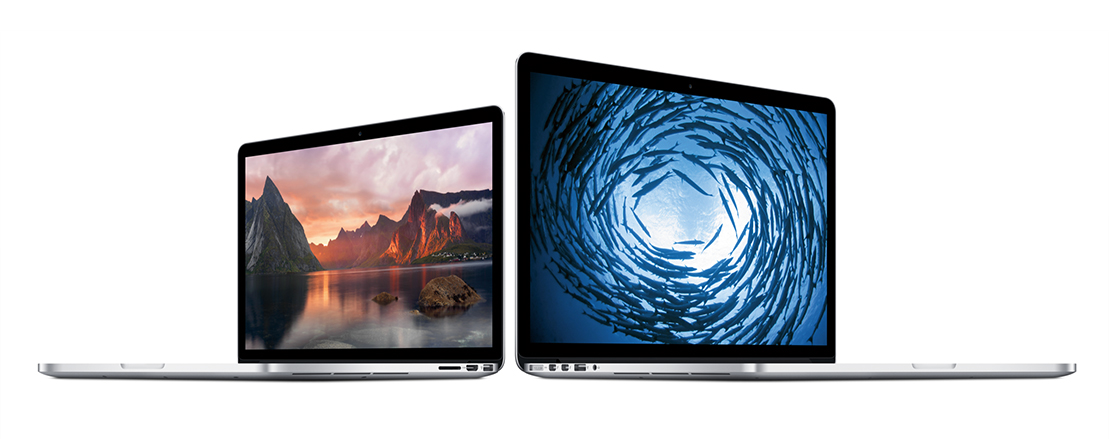
Apply has thrived over the past years while evolving its industry from just the personal computer to now the smartphone, tablet, and personal media player markets. The iPhone, iPad, and iPod have brought great innovate success to the company as it further produces amazing products for consumers. Despite Apple’s setbacks, they keep bringing innovative products to the market, while closely guarding the secrets behind their technology. The element of innovation has brought them where they are today and is a key part of their strategy in being a brand that everyone follows. They continue to differentiate themselves from their competitors, which proofs they have accomplished a great fit from these strategies. I believe Apple will continue to evolve beyond expectation of their consumers and further establish themselves in the smartphone and tablet industry. They have recently released the new iPhone 6, iPhone 6 Plus, and iWatch, which have consumers racing to store. Let alone 44% of Apple’s revenue comes from their iPhone sales. The launch of the iPhone 6 Plus now allows Apple to compete against Samsung’s larger screen phones like the Note 3. As we can see, Apple’s strategy continues to evolve as they keep introducing new innovative products to the market.
Innovation continues to impact Apple’s success through their computers, personal media players, tablets, and smartphones. While all of these markets continue to improve, they all have attributes of success. The personal computer was the first product that Steve Jobs introduced to consumers, from the Apple I to Apple II, which lead to the ground breaking of the Macintosh. It dramatically changed personal computing through its user-friendly graphical user interface, which allowed users to interact with screen images rather than merely type text commands. As more advanced models of the computer came into existence, the Mac Pro, iMac, Mac Mini, MacBook Pro and MacBook Air were introduced. It’s desktop lines included the Mac Pro (aimed at professional and business users); the iMac (targeted toward consumer, educational, and business use); and Mac Mini (made specifically for consumer use). Apple also had two notebook product lines: MacBook Pro (for professional and advanced consumer users) and MacBook Air (designed for education users and consumers). These computers weren’t comparable to other competitors and were sold at a premium price for their high-end graphics and cutting edge technology.
As more people bought a iPhone, iPod or iPad, customers were becoming loyal to the Apple brand and eventually purchased a computer from them. The iPod, Apple’s personal media player, catered customers’ four different models including the iPod Shuffle, iPod Nano, iPod Touch, and iPod Classic. These models allowed consumers more options and offered them iTunes, which no one else had at the time.
Equivalent to the iPod, the iPhone was born and introduced a multi-touch screen with a virtual keyboard, a camera, and a portable media player in addition to text messaging and visual voice mail. It also offered Internet services including e-mail, web browsing, and local Wi-Fi connectivity. The popular iPhone has been sold all over the world and continues to evolve. More than 270,000 first-generation iPhones were sold during the first 30 hours of the product’s launch. With the recent launch of the iPhone 6, it sold 10 million iPhone 6 and 6 plus devices the first weekend of its release.
Lastly, the tablet market was first introduced in the late 1990s, but Apple didn’t introduce anything till 2010 when it launched the iPad. Apple has gained a significant interest from consumers and business users since the release of the iPad because it didn’t require a stylus. As more tablets are being introduced, our culture is making a shift from laptops to tablet computers. All these products have yielded success for Apple as we have seen record sales from all of these different markets.
I believe that Apple’s competitive position in smartphones and tablet computers is strong then there position in computers since more than 50% of their revenue comes from these two markets. While looking at the key success factors of a competitive strength assessment, many of these strength measures can be rated high for Apple.
Apple has a great strategic approach to their competitiveness in the computer, personal media player, smartphone and tablet computer industry. This can probably result from the very similar value chain activities that it performs. Apple’s value chain can be summarized in the following order: design, procurement, manufacturing, distribution and logistics, and sales. Apple’s greatest asset is its design, a unique selling point that is vital to the brand. It controls the design and from there procures the materials for their products from Samsung. Why wouldn’t a customer differentiate Apple based on its internal components? Well, they don’t, all they value is the company’s products due to their unique design and usability of software. While all of these products have the same software/hardware and run on the same iOS system, it allows for a seamless integration among other Apple products.
The future growth and profitability of Apple will rely on the smartphone/mobile industry. 58% of Americans have a smartphone and it will continue to increase. I feel that our culture has become very dependent on smartphone to give us the answers to our questions. If its browsing the web or getting directions, the smartphone will continue to evolve to the needs of the consumer.
Apple’s revenue and sales have substantially increased from year to year. Their gross profit went down slightly from 40.14% in 2009 to 39.38% in 2010, but increased the following year to 40.48% toward and upward growth trend. The operating profit margins also increase from year to year, allowing them to gain profitability through its operations. Sales have doubled from 2009 to 2011 with net sales coming in at $108,249 million.
Gross Profit Margin
Operating Profit Margin
Net Profit Margin
I would recommend that Apple should look into more cost-effective products at a consumer level that are more affordable, while continuing to excel in their high standards. While most of these products are at a premium price, not everyone can afford it and could be problematic with the economy. As for the iPad market, I would tell Apple to closely monitor the consumer’s use of mobile/tablets as they become even more popular and target the everyday consumer.











An outstanding share! I have just forwarded this onto
a coworker who was doing a little homework on this.
And he in fact bought me lunch simply because I discovered it for him…
lol. So let me reword this…. Thanks for the meal!!
But yeah, thanx for spending some time to talk about this
matter here on your web site.